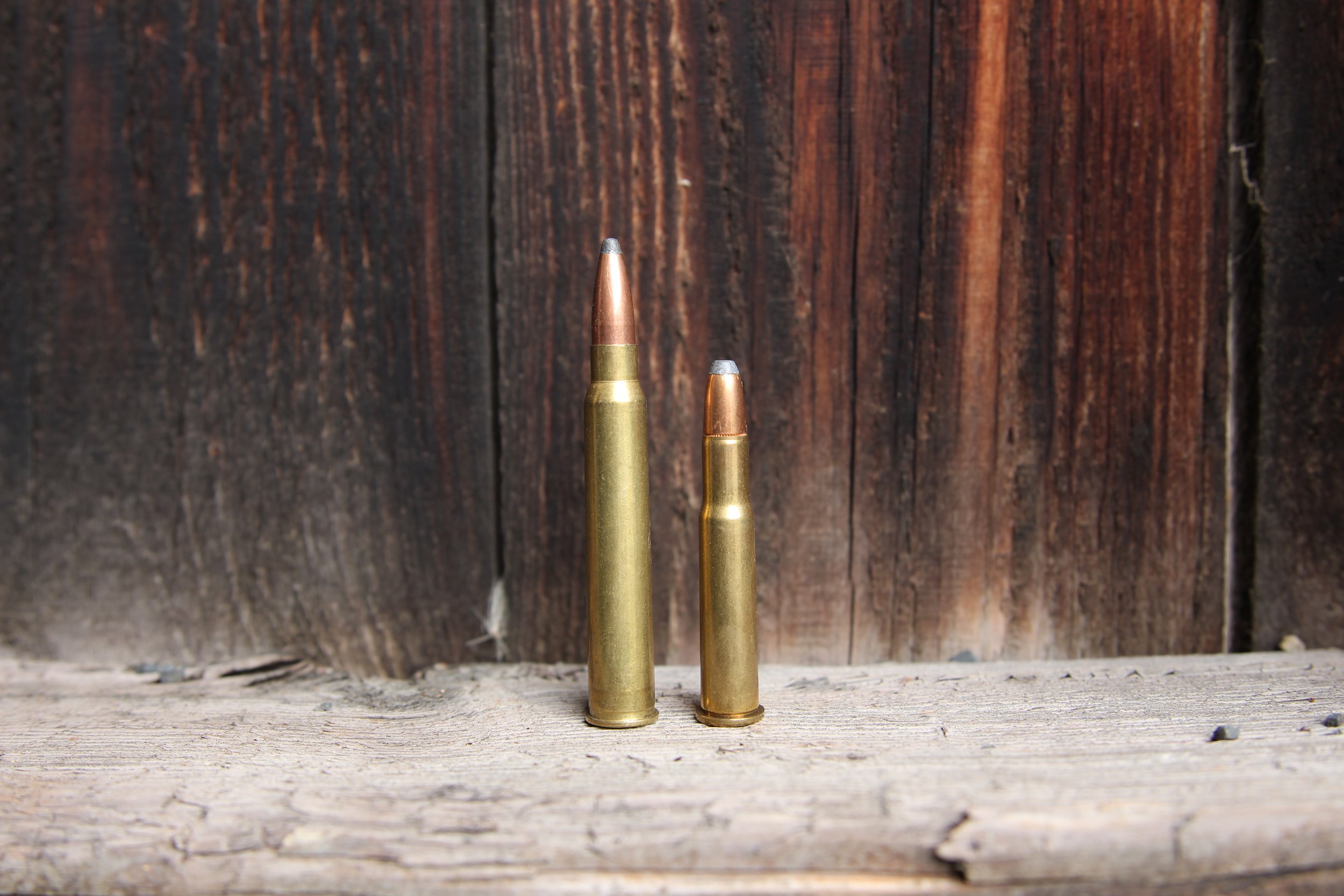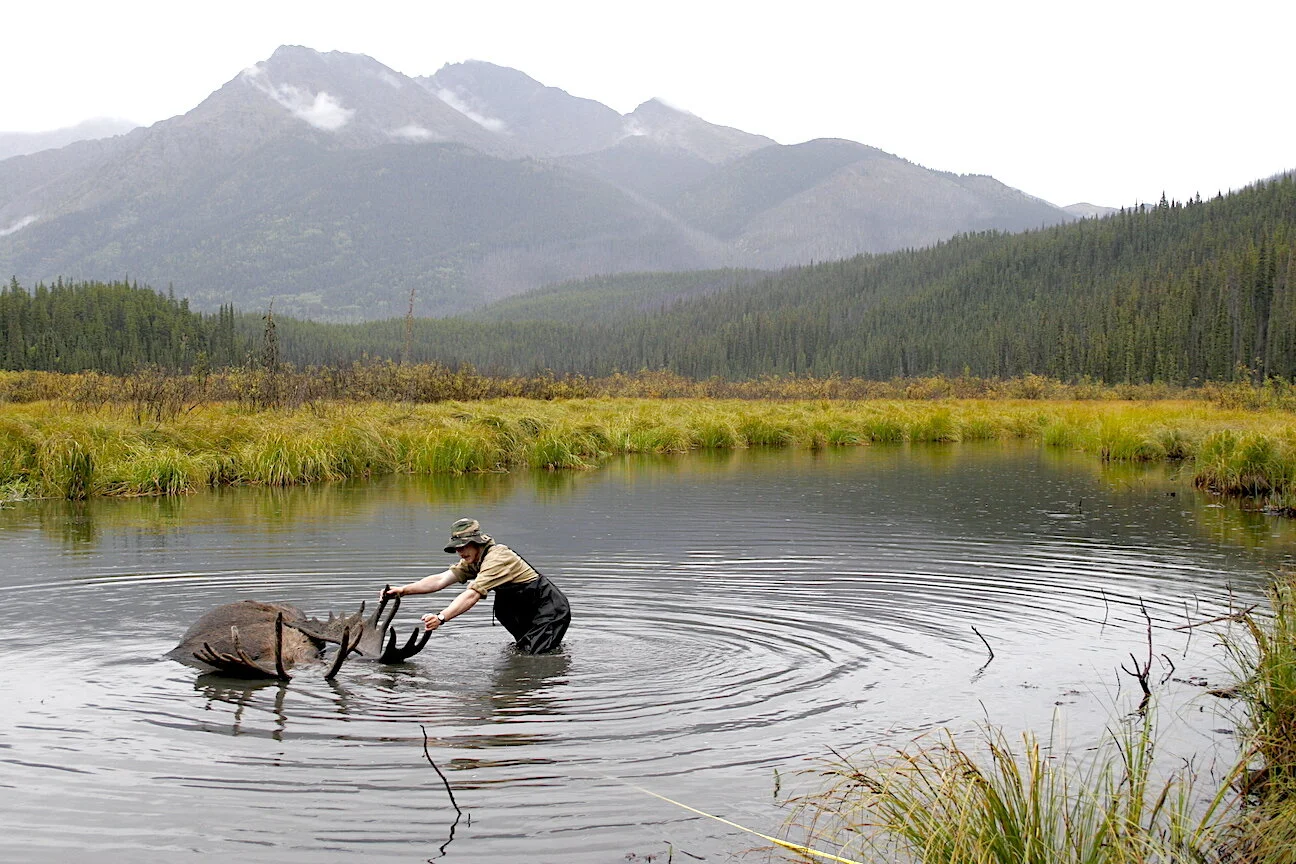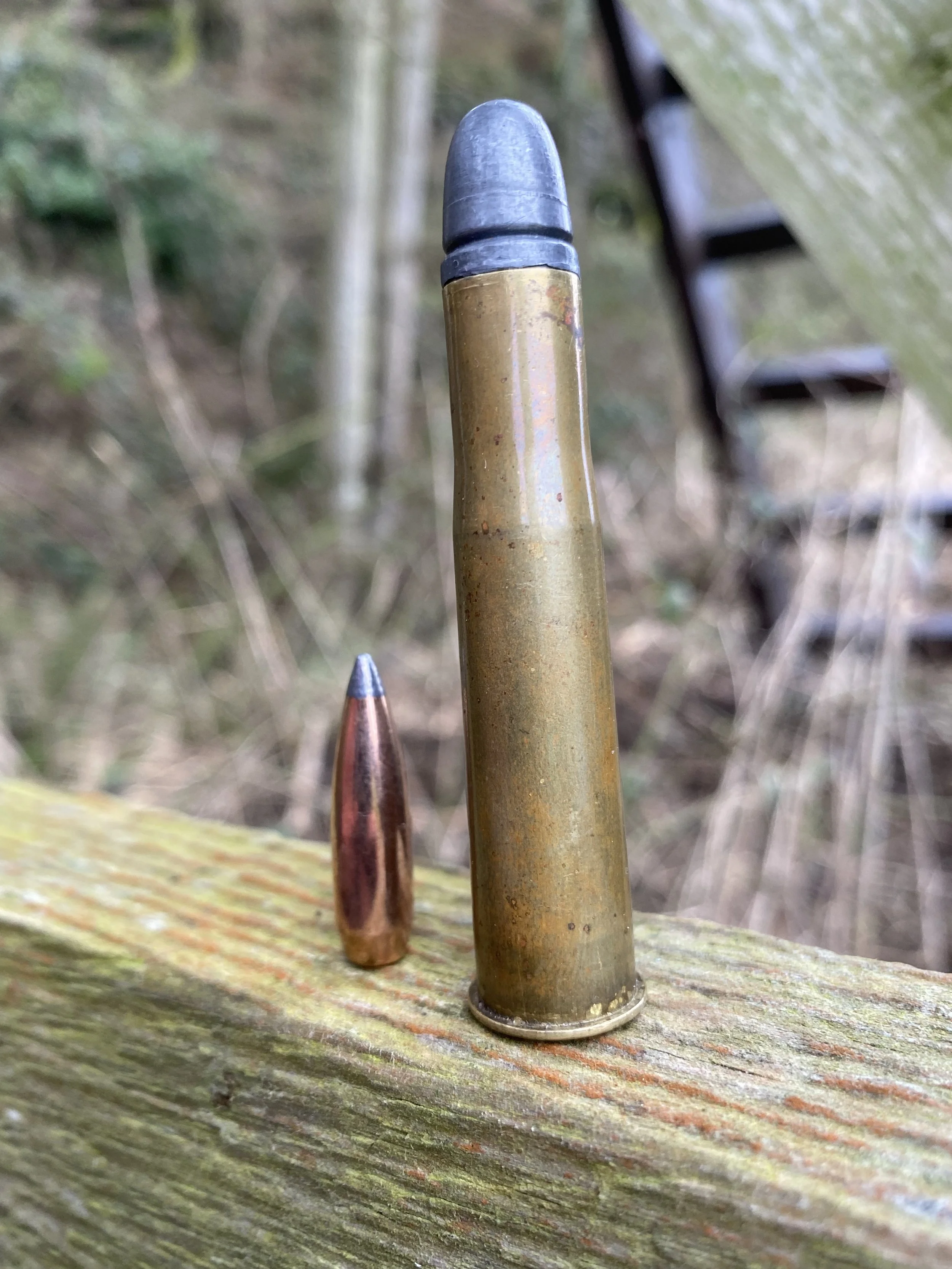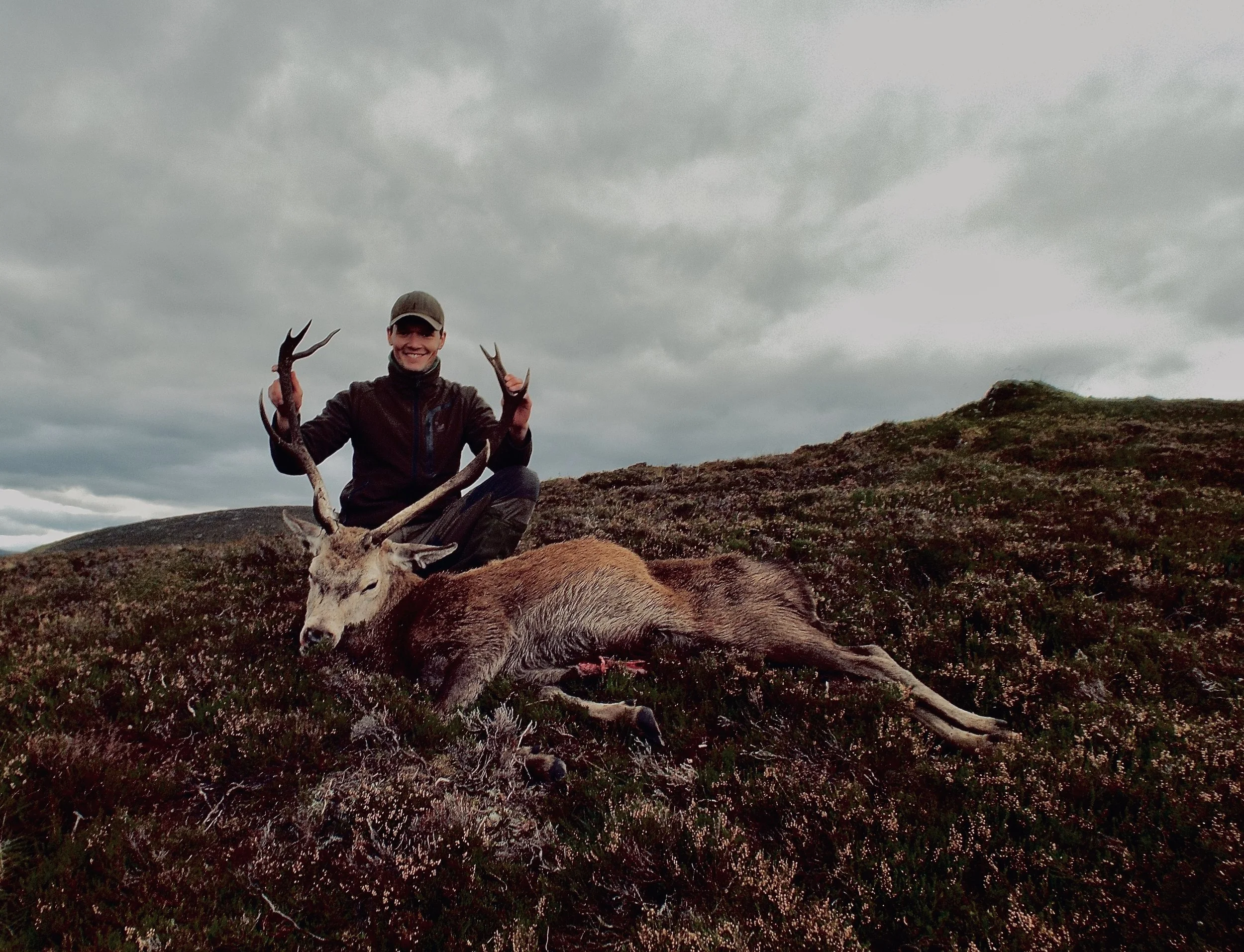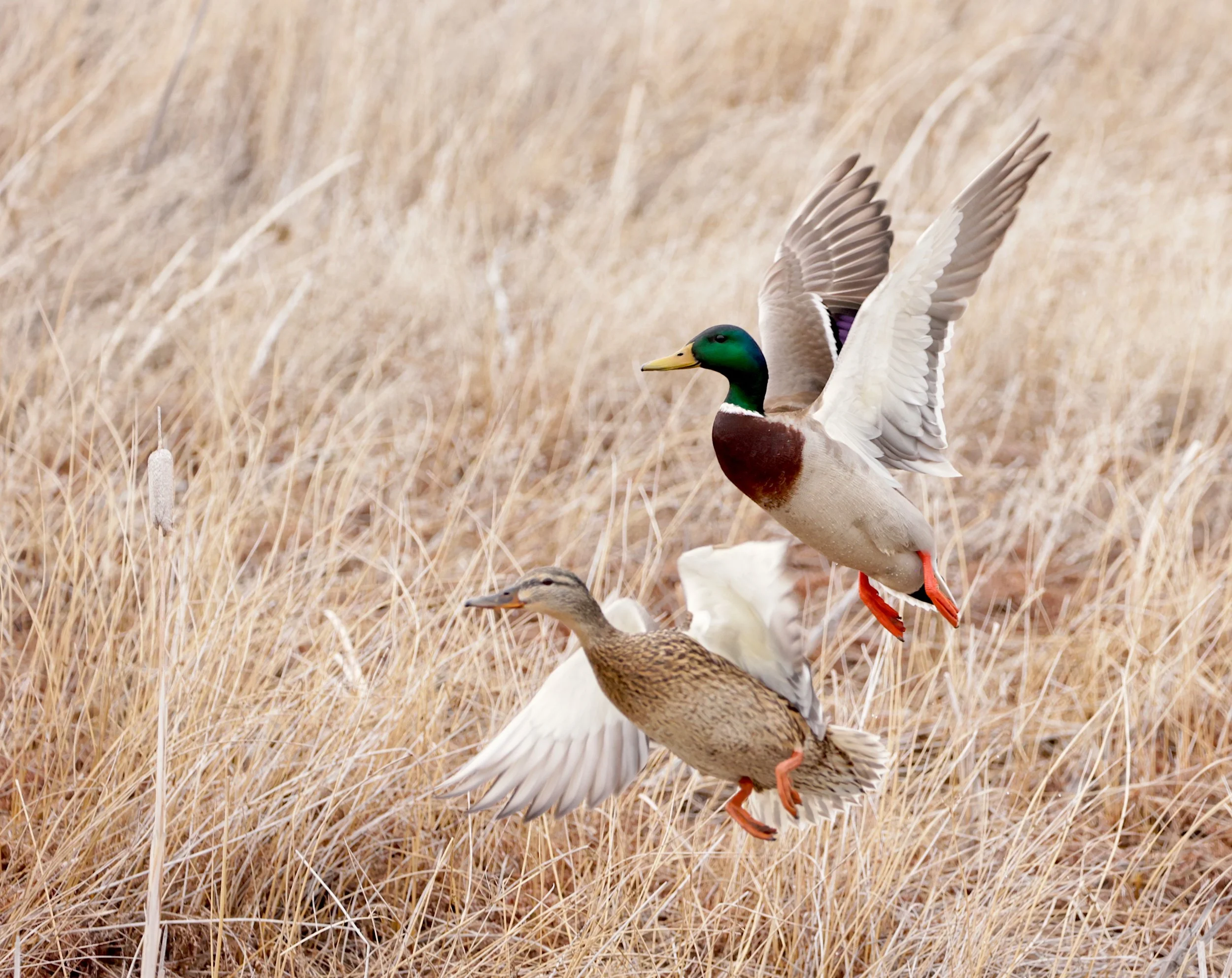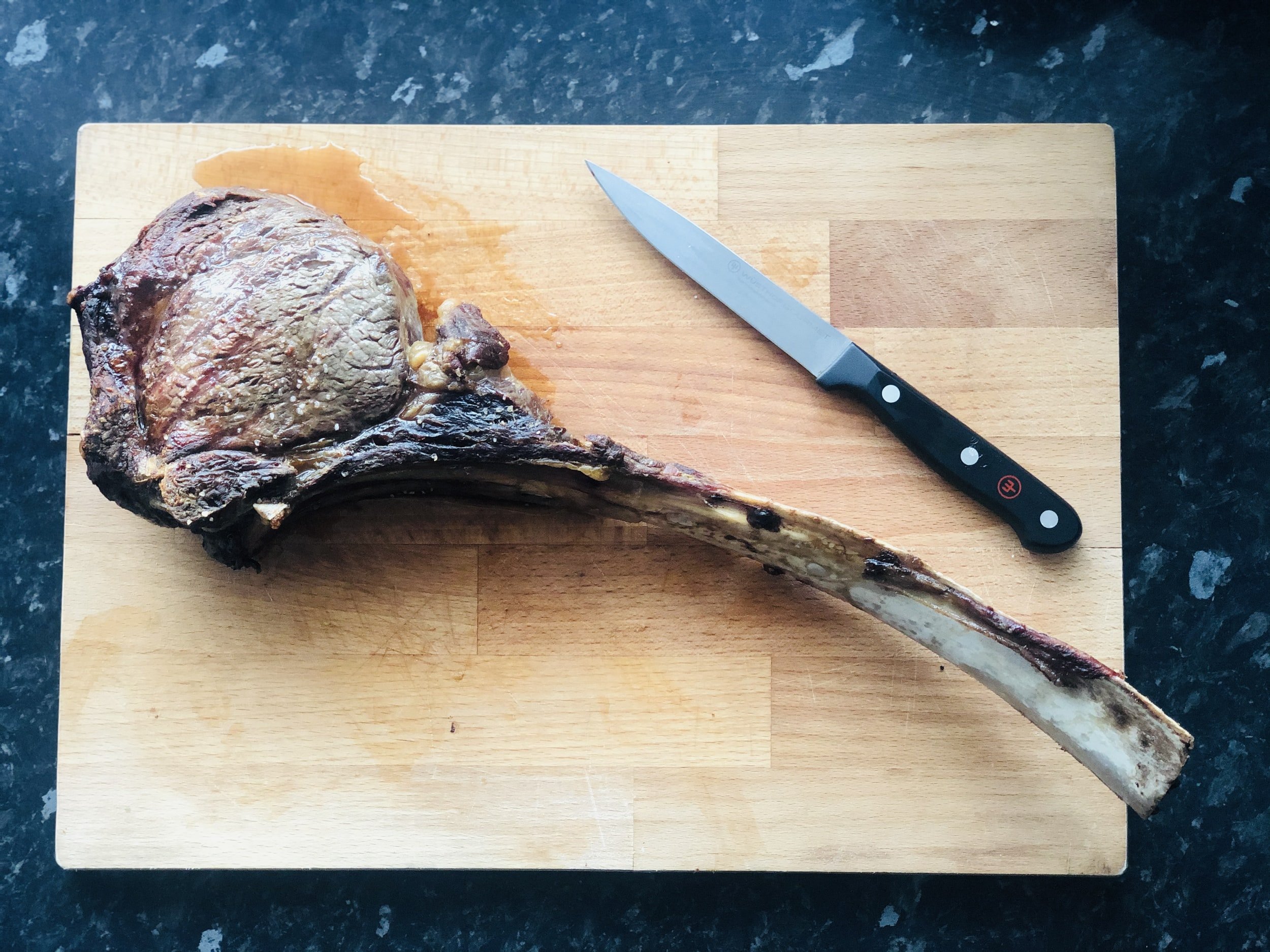A Potent, Rimmed .30 Caliber Cartridge Does Exist!
How do you like the idea of a potent .30 caliber cartridge that is designed for classic single shot rifles like falling blocks and break-action guns? How about a cartridge that not only equals but slightly exceeds the ballistic performance of one of the most accomplished cartridges ever?
The .30 R Blaser is just that. Developed by gun manufacturer Blaser and ammo company Ruag Ammotec in 1991, the rimmed pill’s design is built around versatility. The idea behind it was to give hunters the ability to use a vast array of .30 caliber bullets compatible with drilling guns and over-and-under shotgun-rifle combination guns. Even single-shot, break-action rifles are built for the .30 R Blaser!
The .30 caliber is arguably the most critical and successful export from the United States for hunting and shooting. Cartridges of this diameter are not only handy for all sorts of game, but they are also able to take big chunks of the cake of yearly selling numbers wherever they hit the shelves of sporting goods stores. In Europe, first and foremost, both the ought-six and the .308 Winchester are the most common .30‘s. The .300 magnum is less popular, although the Winchester Magnum has a somewhat faithful group of followers.
The countless advantages of .30-caliber bullets are general shooting knowledge, so I’ll name a few of its pros: an almost endless selection of bullet constructions and weights, universal availability (at least in normal times), a great blend of aerodynamic shape (BC), penetration potential (sectional density) and frontal area. These features are usually reserved for bolt actions, autoloaders, and a few pump and lever-action rifles with a large number of .30 caliber rimless cartridges. True break-action rifles in a .30 caliber are rare. Granted, you can find European drilling guns or even doubles in .30-06, but this type of action is best served with a rimmed cartridge. It’s also more classic to use a rimmed cartridge in a break action, so it just feels better.
Consequently, European gunmakers tend to chamber these action types in classic European rimmed cartridges like the 7x57R, 7x65R, 8x57IRS, or 9.3x74R. These options are great and offer all the choices one needs, but a .30 caliber would be a great option in these guns, too. When you consider that some countries have restrictions on the use of former or current military cartridges, thus prohibiting the most popular .30‘s for sporting use, the more recent Blaser design makes a lot of sense.
Side-by-side photo of the 30-06 and 7x65R.
Now, don’t assume I forgot one of the most popular .30-caliber cartridges, the .30-30 Winchester. It is a fine rimmed cartridge, especially when used on shorter distances and small to medium big game animals. But it never really caught on in Europe, probably for two reasons: First, the action type it‘s used in most commonly, the lever-action, has never been popular in Europe. Second and even more important, it’s not or just barely legal for use on big game in many jurisdictions. So even though the rimmed .30-30 is a good choice for a lot of hunting and would be a perfectly fine choice for a break-action gun, it has never been on the radar of European gunmakers. Therefore, the .30 R Blaser found a niche when it first hit the shelves.
To give you some background information on ballistics, I’d like to compare it to two of the most American cartridges there are, the .30-06 Springfield (which, by the way, is my all-time favorite cartridge) and the .300 Winchester Magnum. I chose to compare loads from RWS and Brenneke ammunition with the same bullet, as only these and a few other german manufacturers load .30 R Blaser factory ammunition.
.30R Blaser next to the .30-30 Winchester.
First, I want to compare 180-grain UNI Classic loads for those cartridges.
The bullet launched from a .30-06 will leave a 24-inch pipe at around 2750 fps for roughly 3040 ft-lbs, while the same bullet travels at a speed of 2820 fps for over 3190 ft-lbs when shot from a .30 R with a 24-inch barrel. A .300 Win Mag accelerates that bullet to around 3080 fps for almost 3700 ft-lbs of energy.
Lead-free 147 grain TUG-nature bullets from Brenneke show a comparable performance gap. The cartridge from 1906 lets its bullet fly with just over 2930 fps and punches with 2800 ft-lbs. Again, the rimmed design is faster and more powerful, with 3180 fps for almost 3300 ft-lbs. The bullet starts with around 3250 fps at the muzzle when shot from a .300 Winchester, generating 3430 ft-lbs of kinetic energy.
These numbers can only hint at the actual performance of both cartridges, as the published numbers are often a bit optimistic. Also, I only compared loads of two manufacturers, knowing that performance may vary considerably depending on the actual load. For example, there are many .30-06 loads from other companies that exceed the mentioned performance levels. But speaking generally, the .30 R Blaser is a tad faster and more powerful than the .30-06 and offers less than a .300 Winchester. The .30-06 Ackley Improved wildcat cartridge is less known but is as close to the Blaser cartridge as a distinct design can be. Both the .30 R and the .30-06 AI sit neatly between Roosevelt’s favorite and the .300 Winchester Magnum. That is true for energy levels and trajectory — a lovely spot, in my opinion.
The cartridge’s design resembles the use in break-action guns. It’s not built short and fat like the new darlings of the shooting world. It has a rather sleek and long case with tapering and a flatter angled shoulder than modern cartridges intended for bolt actions, and all this helps with reliable function in drillings and single shots.
The neck is on the shorter side but still long enough to securely hold heavier and longer bullets. Cases can hold up to 76.2 grains of water, compared to 68 grains for .30-06 cases and 93.8 grains for a .300 Win Mag case. Typically, rifle barrels have a 1 in 12-inch rifling twist fast enough to stabilize the most popular 180-grain bullets, but a bit on the lower end for really heavy .30 caliber bullets. Custom barrels can solve that issue if one uses the longest and sleekest bullets.
Rimmed thirty cases. Both can be all you need to get lucky while hunting big game.
Factory ammunition is sparse, with only RWS, Brenneke, Blaser, and a few smaller manufacturers and commercial handloaders selling ammo. Nevertheless, choices range from 139-grain lead-free bullets to 180-grain pills. The spectrum broadens for the reloader, who can play with everything from light 110 grains plinking bullets up to the heaviest .30-caliber slugs out there. Any bullet construction and material are available in this diameter, fitting every sensible target animal. Finding data for American powders may not be easy, but European powders and data for these are usually available or importable.
All that being said, it is clear that obtaining ammunition may be the biggest drawback. Commercial handloaders or shops willing to import pills from Europe are options. But a little extra effort or consideration is mandatory if you choose to use the .30 R Blaser.
As mentioned, Europeans use rimmed cartridges in break-action rifles. To understand the advantages of a .30 caliber cartridge with a rimmed case a bit better, let’s take a look at two widely used types of break-action guns.
Combinations of a rifled barrel with one or two smooth shotgun barrels that define over-and-under or drilling guns are extraordinarily useful in such places, where you can hunt small and big game simultaneously. The rifled barrel is used for any hoofed critter, while you can still enjoy an intact pelt or eat that upland bird you harvest with the shotgun barrel. A do-it-all big game chambering like the metric ones I mentioned above is usually combined with a 12, 16, or a 20 gauge shot. Several manufacturers offer their modern drilling models in .30 R Blaser. With a gun like that, most ungulates walking this earth encountered at close-mid range can be appropriately addressed without sacrificing small game opportunities. For a few reasons, combination guns are not ideal for long-distance shooting. Strapping two or more barrels together is the main reason, as vibration and heat distribution is not ideal for accuracy.
On the other hand, single-shot break-action guns can be real tack drivers. They’re super lightweight and sleek, making them ideal for strenuous hunts in steep terrain. You can even break them down in a pinch, enabling you to efficiently clean these guns on tough weather hunts. With few moving parts, single shots are very durable and often at least as or even more accurate than fine-tuned bolt action rifles.
With an appropriate amount of practice, good shooters reload break actions faster than some hunters work the bolt of their gun. Modern designs are tough enough to safely operate with higher pressures than the guns of former times, so a potent cartridge like the .30 R Blaser poses no threat to the action. The flip side of light guns in hotter chamberings is more felt recoil, but this shouldn’t be a big issue with a good fit and practice. Silencers (also called moderators) and muzzle breaks lessen the blow to your shoulder. Where legal, silencers are fantastic at enhancing accuracy due to less flinching. Don’t forget ear protection when using breaks, though. A sharp crack becomes an eardrum splitting with a break while also reducing recoil.
A 30-30 rest atop the much longer, more powerful 30 R Blaser.
I know many people favor the opportunity of fast follow-up shots of bolt action rifles, lever guns, or autoloaders over single shots, but honestly, one-shot kills should always be the goal. Practiced properly, reloading guns like these can become almost as smooth and fast as working a bolt. Just look at African PHs reloading their doubles. They’re faster than untrained shooters with bolt action rifles. Shooting precisely and getting back on target quickly is a matter of going through the motions over and over again, for the most part.
So, probably the most important question is, what can you use this cartridge for on the North American continent? Well, it does exactly what other .30 caliber cartridges of this class do. So nothing special here. It won’t kill anything deader than all the others -- but it is a fantastic option for deer-sized game and bigger animals. As with all non-magnum cartridges of this diameter, and even with them, I’m not convinced it is a great choice for big bears. It is certainly powerful enough for even the biggest bears with good shot selection. Still, I would feel more comfortable with a bigger and heavier bullet when aiming at half a ton of apex predator.
It shoots flat enough to consider it for mountain hunting or shooting over large fields or flatlands with lighter bullets. Housed in a light break action single shot, you might not find a better combination of lightweight and robust build.
The .30 R Blaser competes in a very crowded field of all-purpose cartridges, and honestly, no one needs another one. But in my opinion, it is nice to have a rimmed cartridge of this capability that will function reliably in break-action rifles and offer performance on par or above the level of the all-American cartridge, the .30-06 Springfield. If you happen to be open to something off the beaten path, this cartridge will serve you well as soon as you find a way to obtain ammunition or reload it yourself.



